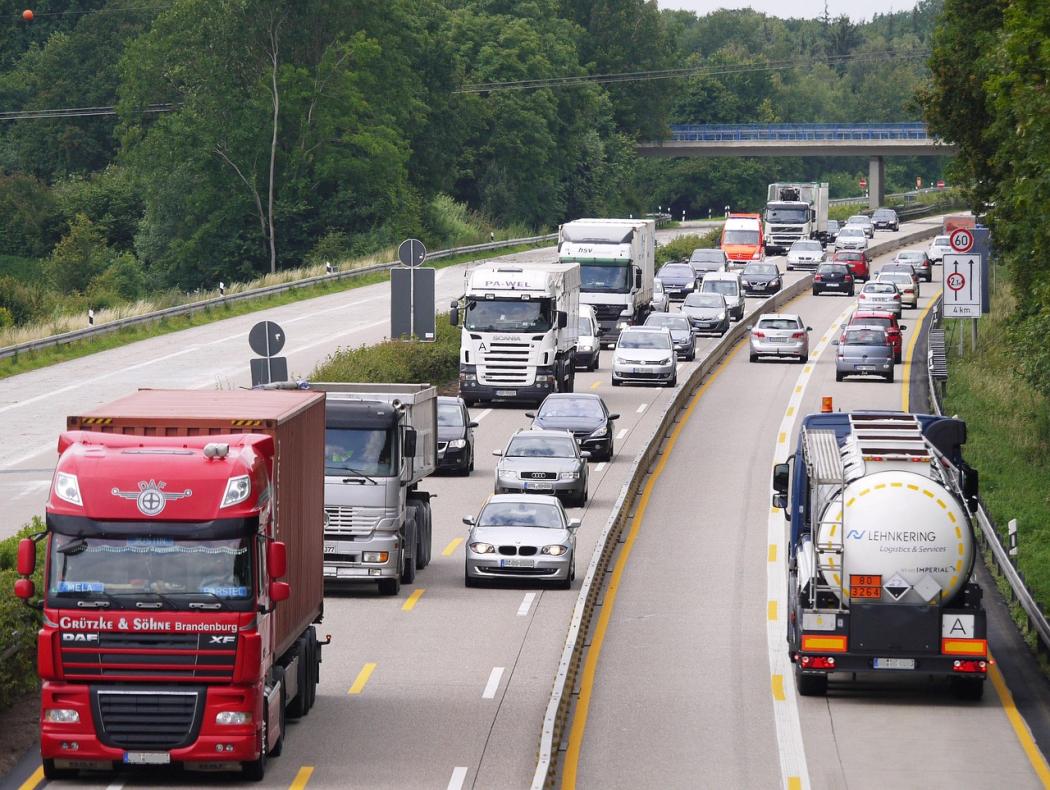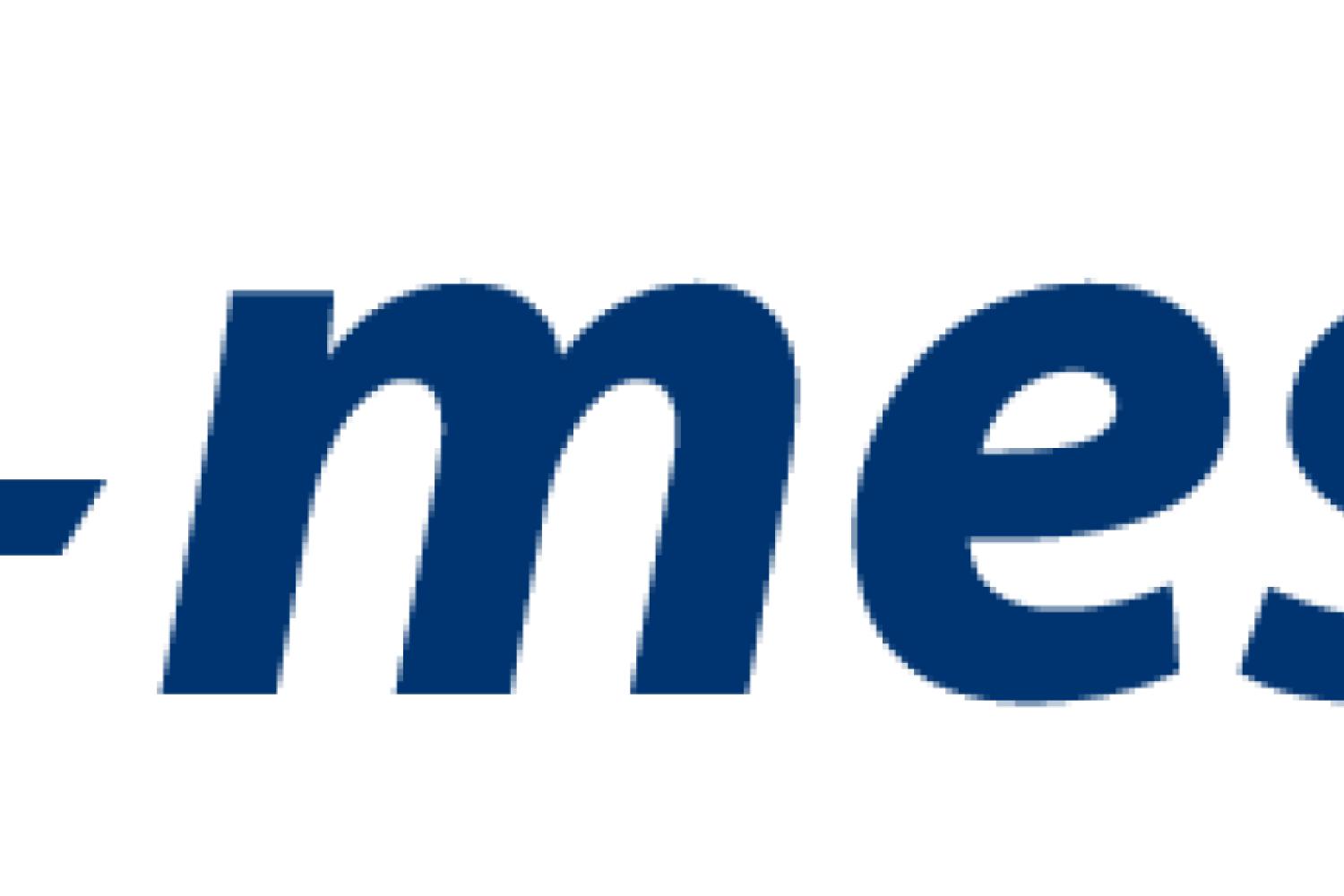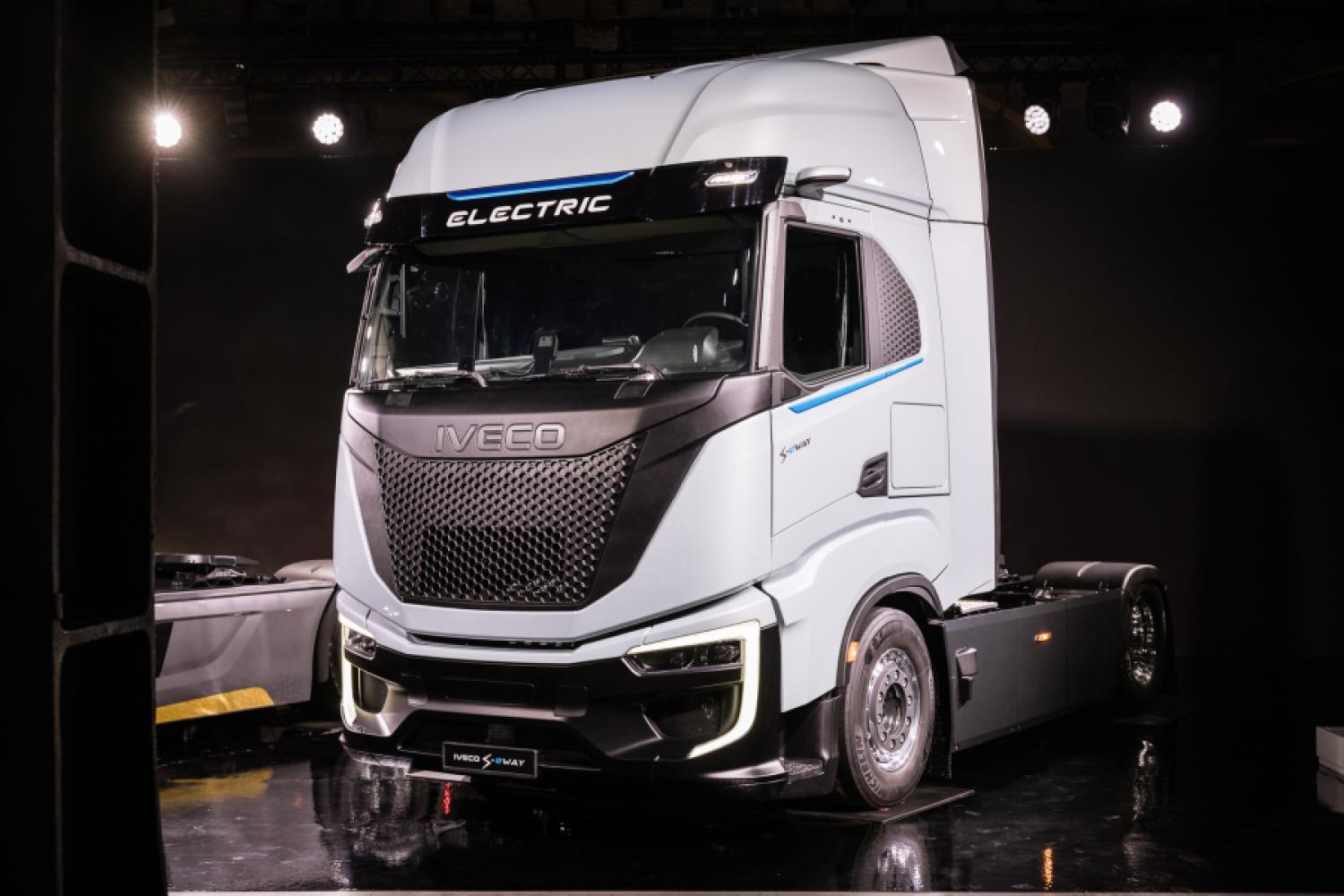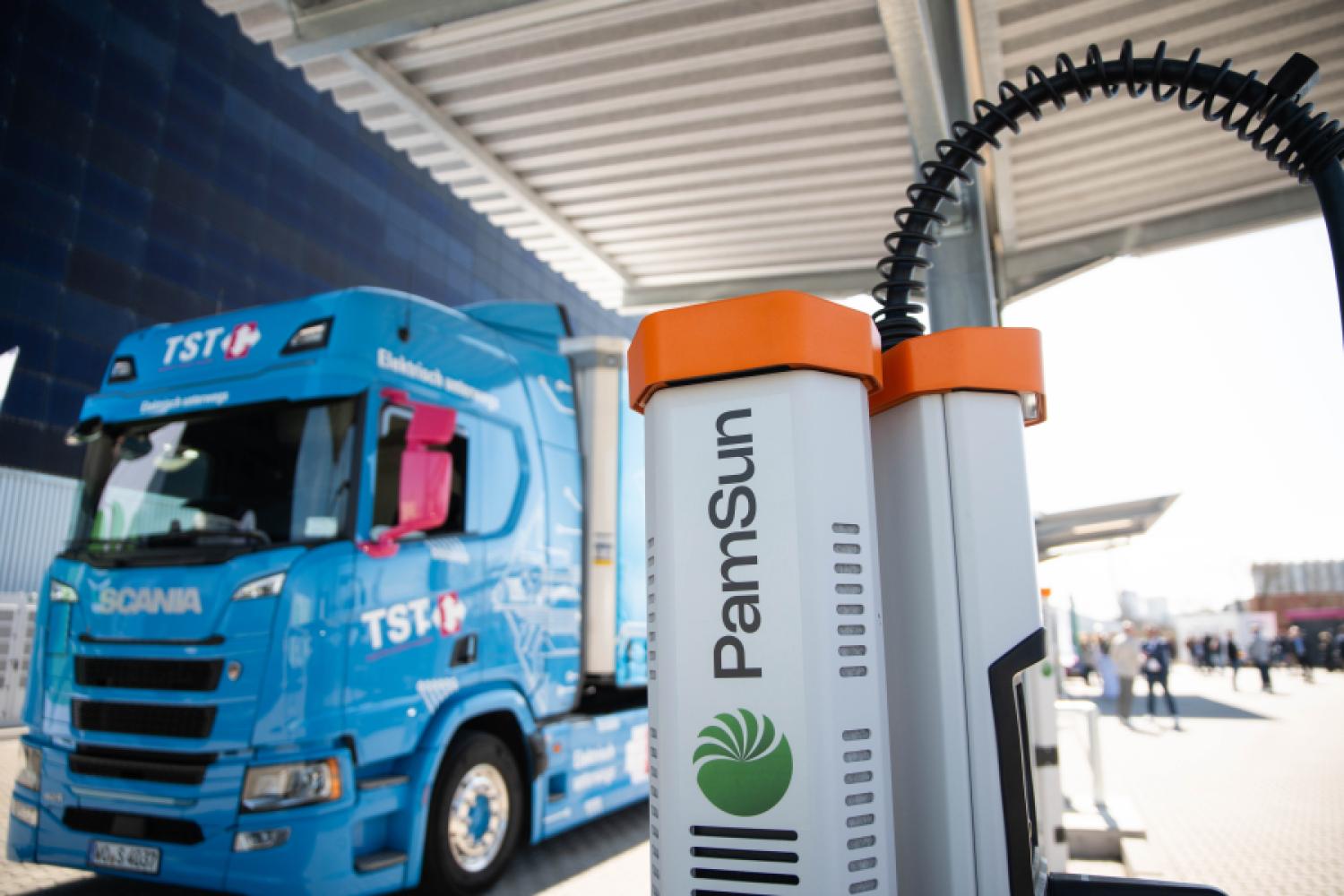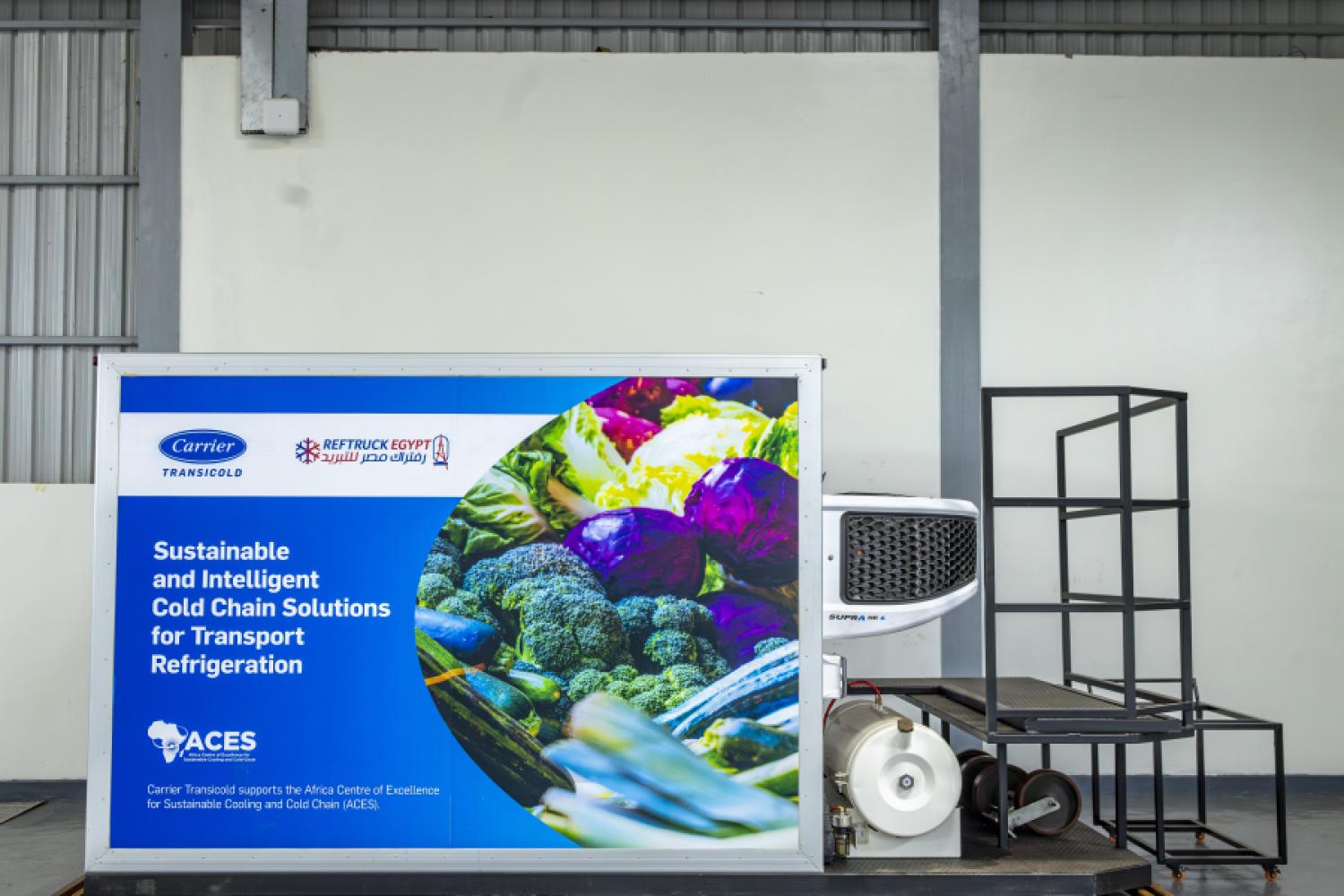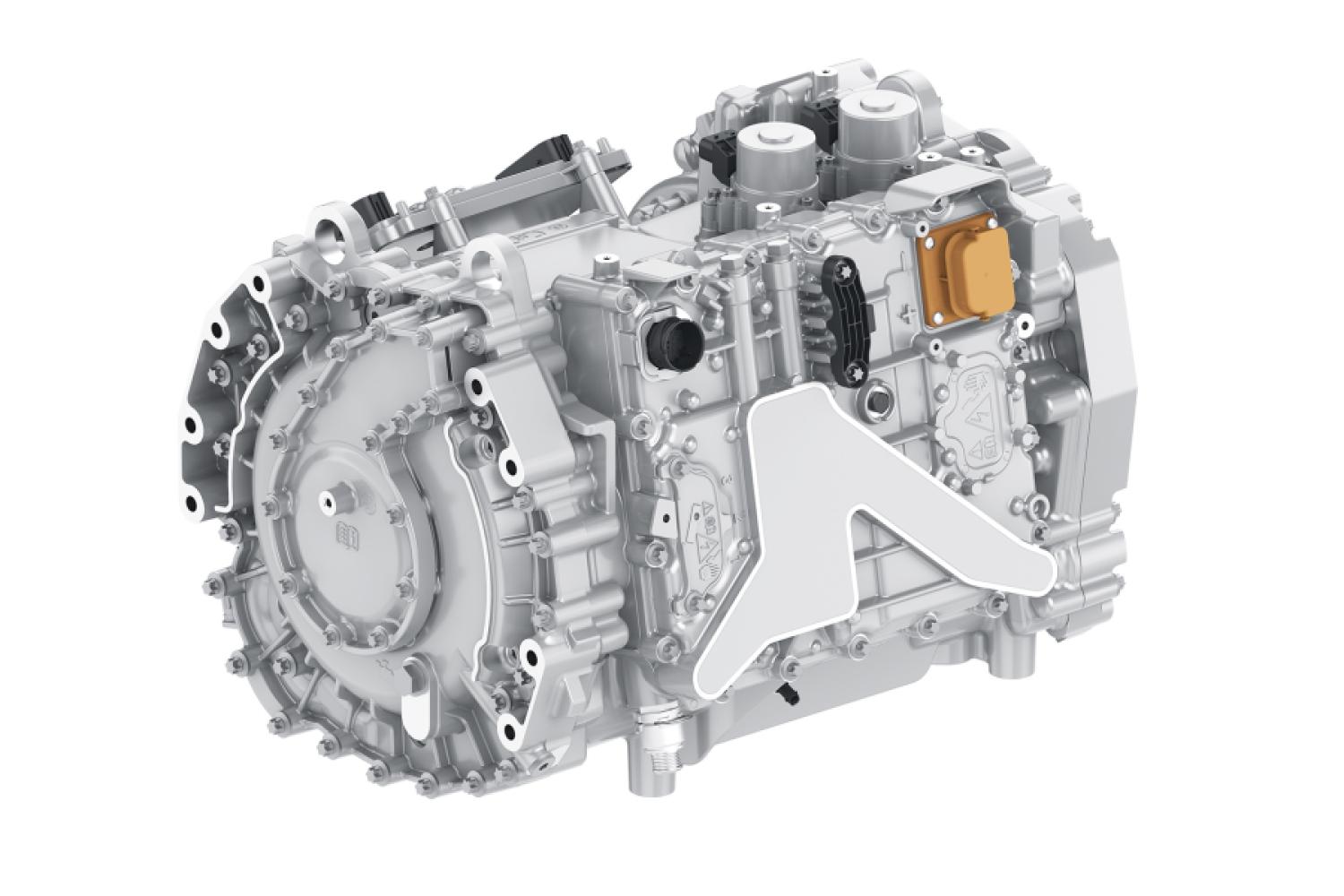In the second quarter of 2025, the number of freight offers on the European spot market increased significantly. According to the transport barometer of the IT service provider Timocom, freight entries in Europe were 23 percent above the previous year's level overall.
According to the statistics, the market was particularly dynamic in June: the number of freight offers in that month was 37 percent above the previous year's figure. The average ratio of freight to cargo space offers in the quarter was approximately 80 to 20.
Throughout the month, the transport barometer showed a differentiated development. In April, freight entries increased by 25 percent compared to the previous year, and by 8 percent in May. The increase in May was partly attributed to the tight supply of trucks and the shortened weeks due to Easter and other holidays. Over the entire quarter, the cargo space offer was 5 percent below the previous year's level according to Timocom.
Development in Germany: Significant increase despite uncertain conditions
Transport demand also remained high in Germany in the second quarter. According to statistics published by Timocom, the number of freight entries in
Germany increased by 32 percent compared to the same quarter of the previous year. The ratio of freight to cargo space offers was 88 to 12. The provider attributes this increase partly to catch-up effects on export-related transport orders, which were postponed in the first quarter due to increased tariffs.
Austria: Growth in domestic Austrian transports
In Austria, the transport barometer recorded an even stronger increase. Compared to the previous year, freight offers rose by 35 percent. The increase was particularly pronounced in April (+47 percent) and June (+75 percent). From May, the ratio of freight to cargo space offers increased to 65 to 35, compared to an even ratio of 50 to 50 in the preceding months.
Price development: Kilometer prices at a high level
Parallel to the increased demand, the prices offered for standard transports such as tautliner or curtainsider trips remained at a high level. According to Timocom, on pan-European routes, freight offer prices in the second quarter averaged between 1.45 and 1.66 euros per kilometer. Within Germany, they ranged between 1.68 and 1.92 euros per kilometer.
The increase is mainly attributed to the heightened
demand during holiday weeks, where transport needs concentrated on fewer working days. Compared to the same period the previous year, offer prices within Germany increased by around 8 percent and by about 5 percent across Europe.
Price proposals vary regionally
There were significant regional differences between the offer prices of clients and the price proposals of carriers. While only small deviations were observed across Europe in the second quarter - with both values averaging around 1.61 euros per kilometer - the difference in Germany was 11 cents. There, the average offer prices were 1.86 euros per kilometer, while carriers demanded an average of 1.97 euros. In the first quarter, the difference was still 8 cents.
On domestic Austrian routes, the offered prices in the second quarter reached values between 1.93 and 2.20 euros per kilometer, averaging 2.08 euros. The counteroffers from carriers were slightly lower, averaging 2.04 euros per kilometer. Gunnar Gburek, Company Spokesman at Timocom, explains:
"The overall higher kilometer prices are explained by the shorter total distances, where besides the journey, loading times account for a larger proportion than on long-distance routes. Additionally, there is a
higher number of partial loads in domestic German and Austrian traffic."
Additional services as a price-increasing factor
Gburek also points out that additional services such as GPS tracking or live shipment tracking can influence pricing. Contractors who offer these services to their customers as an added service have "good chances of negotiating higher transport prices."
Outlook: High demand despite weak economic expectations
Despite economic uncertainties in many EU countries, demand for transportation services remains high, according to Timocom. The Economic Sentiment Indicator (ESI) shows positive economic expectations for 2025 in only eleven member states, including Poland, Lithuania, and Spain. Germany, Austria, and France are well below the average of the Eurozone.
Nevertheless, Timocom does not expect a relaxation on the European transport market in the summer months. Gburek predicts:
"Although the freight share on the transport barometer is typically expected to fall below 80 percent up to and including August, this value will likely be reached again when end-of-year business starts in September."
The further development depends, among other things, on the willingness of private households to spend and the implementation of public and private investments in Europe.
